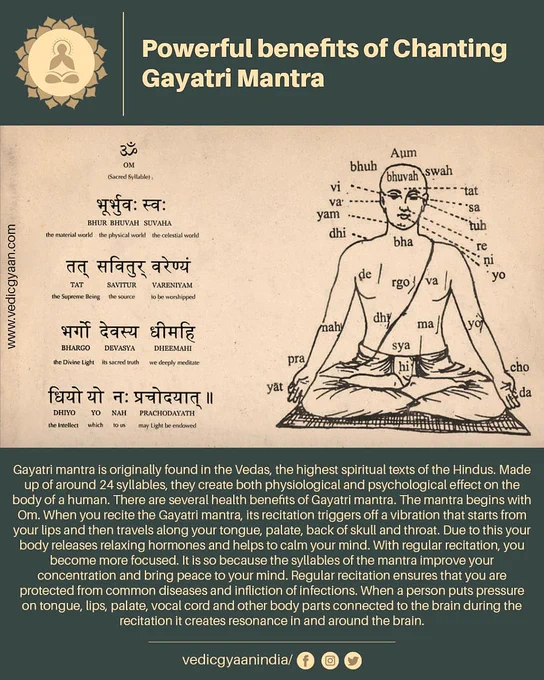#rig-veda
The #Rig-Veda is the oldest book of Hinduism, the oldest document
in #Sanskrit, and is one of the #oldest #texts of the Indoeuropean
languages. The copy that we have access to is incomplete. Some
of it has been lost, and some of it is not privy to non-Brahmins.
Rig Veda translates to “Knowledge of Praise” in English. The
exact dating of the Rig Veda is disputed by scholars, but the
currently accepted dating is 1500-1000BCE. The authors of the
Rig Veda are known as the Vedic Rishis; the word “Rishi” is can
be translated to “Sage” or “Seer”. The Rig Veda was memorized
and passed down orally through generations of Brahmins for
thousands of years before being written down, in any alphabet system. Verses from the Rig Veda are utilized in modern times, as prayers and wedding vows. The most prominent aspects of the text are the tales of the Adityas—the celestial Gods, and multiple accounts of the creation of the #world.
2 Likes
#INDRA: #God of #Rain, #Thunder and #Lightening
Indra is first on the list. He is the star of the #Rig-Veda,
having more hymns dedicated to him than any other God. He is known for wielding a thunderbolt weapon called the Vajra, drinking the sacred elixir called Soma, and slaying demons. His most famous battle is the one against the giant serpent called Vritra. In the Puranas, he is described as riding a three headed elephant, but in the Rig Veda he rides a horse drawn chariot. His personality is stern, fearless and intimidating. Indra has many epithets, including “the thunderer”, “mighty armed one” and “the lord of one hundred powers.” There are not many descriptions of his appearance but one verse mentions that he has a yellow beard.
One person like that
Observant with a hundred eyes, the God is conqueror in the wood:
#Agni, who hath his seat in broad plains here below, and in the high lands far away.
That Agni, wise High-Priest, in every house takes thought for sacrifice and holy service,
yes, he takes thought, with mental power, for sacrifice. Disposer, he with mental power shows all things to he who strives...Agni bestows a blessing on each pious man, and opens wide the doors for him.
~ #Rig-Veda
One person like that
#VAYU: #God of #wind, #ether, and #Prana (vital energy)
Vayu is most often described as traveling with #Indra, and being a close friend of Indra.
According to the #Rig-Veda, he rides a chariot pulled by two red horses and two purple horses, although in later texts he is shown riding a gazelle. He functions as the guardian of the northwestern direction. His personality is strong-willed, loyal to his devotees and children, to the point of coming into conflict with the other devas. Just as Agni exists in the body as heat, Vayu exists in the body as air/oxygen, called Prana. Today he is honored in the form of Prana (vital air energy) through the Yogic practice of #Pranayama, and also in the Vedic medicine system of #Ayurveda.
Air = Vayu--> Vayur--> Ayur.
Knowledge = Veda #om namah shivaya




